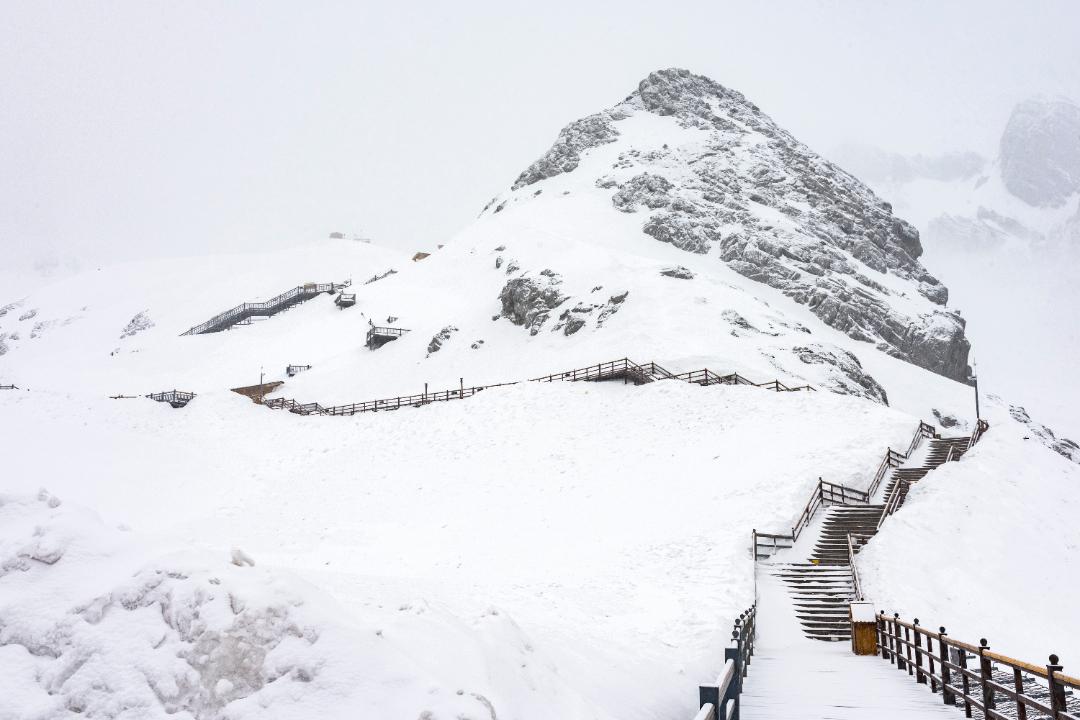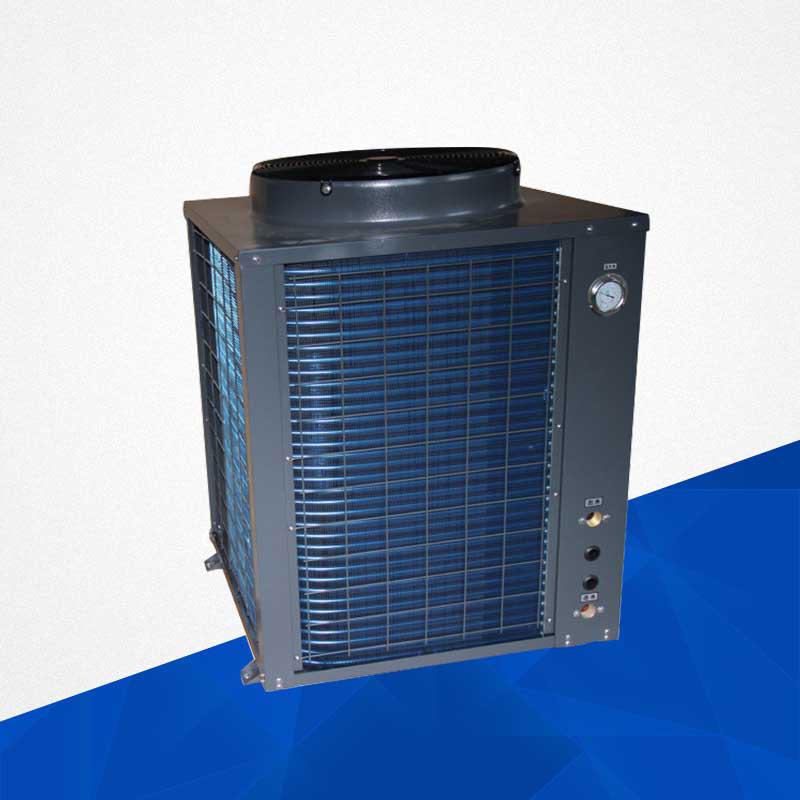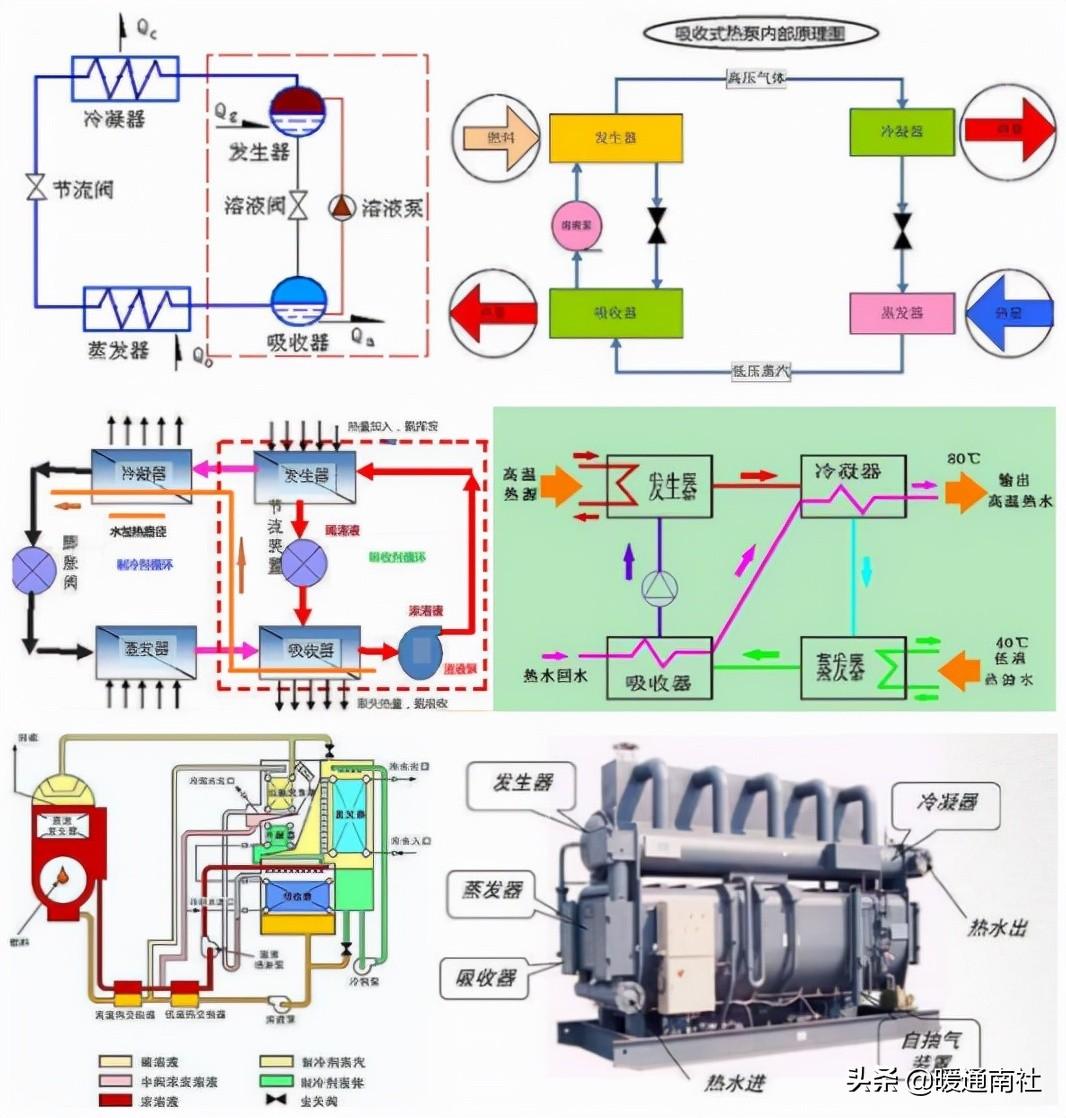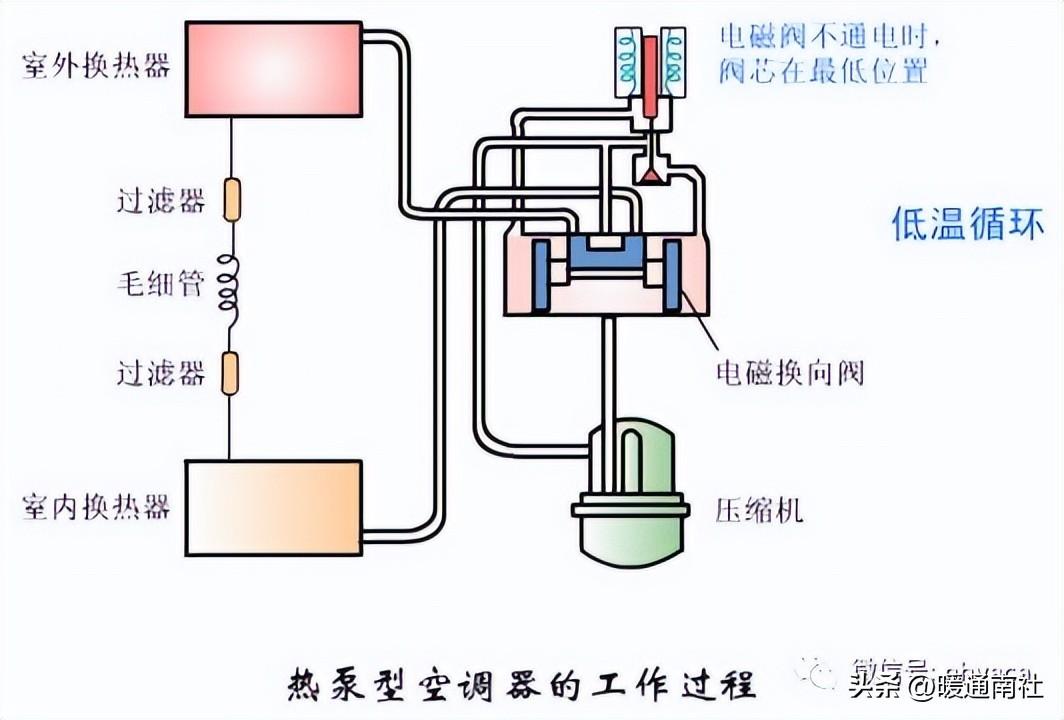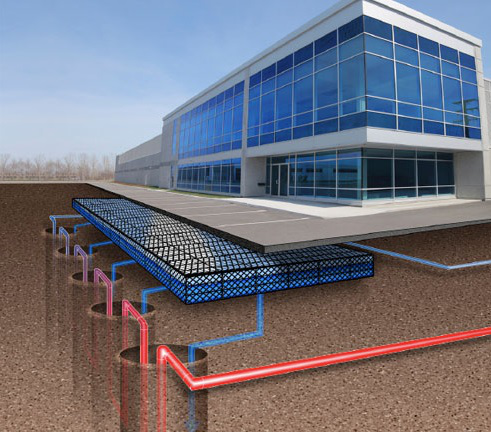About heat pump, do you know its mechanism? Do you know its classification? Don't worry, today we look together.

Mechanism and classification of the heat pump
1, principle
The role of the heat pump is to draw heat from the surrounding environment and transfer it to the object to be heated.
Compared with the refrigerator:
Similarities: are working according to the reverse cycle of the heat engine
Difference: different working temperature range

TA is the ambient temperature, T0 is the low temperature object temperature, Th is the high temperature object temperature.
According to the second law of thermodynamics, when the high level of energy as a compensation condition, heat can be transferred from the low-temperature object to the high-temperature object. Thus, the heat pump cycle, in order to supply heat to the object being heated, it is necessary to consume power.
2、The working principle diagram of vapor compression heat pump

3、Vapor compression
The theoretical cycle of vapor compression heat pump is transformed on the basis of the inverse Carnot cycle in the two-phase zone with temperature difference heat transfer.

Bragton Cycle
1, Brayton (Bragton) heat pump cycle
In 1844, the United States Gorrie (J. Gorrie) manufactured a gas compression refrigerator that utilized air as the work material.
The earliest air cooler when the closed Brayton cycle.
2, Brayton cycle

3, Brayton heat pump theory cycle should have the following conditions:
Gas compression and expansion process in the compressor and expander are isentropic process;
The gas and the cooled and heated objects must transfer heat to each other without temperature difference;
The loss of resistance to flow of the gas in the high-pressure heat exchanger and the low-pressure heat exchanger is not taken into account.
Stirling cycle
Stirling's 1816 patent for the "external combustion engine", originally used in heat engines.
External combustion engine, also known as Stirling engine

The Stirling cycle consists of two equal temperatures and two equal capacities.

The Stirling cycle is a cycle that makes a lot of sense. The ideal Stirling is able to have the same coefficient of thermal performance as an inverse Carnot cycle in the same temperature range.
In practice there are difficulties in realizing the theoretical Stirling cycle, mainly:
The movement of the piston should be intermittent, which is difficult to realize;
the return heaters should be drag-free and their heat exchange efficiency should be 100%;.
Heat exchange with an external heat source is considered to be an ideal process without temperature difference.
Theoretical cycle of absorption heat pump
Unlike vapor compression heat pumps, compression heat pumps rely on the consumption of mechanical work, while absorption to consume thermal energy to complete.


1, compression and absorption refrigeration heat pump performance coefficient comparison

2、Absorption heat pump with solution heat exchanger illustration

3, with or without solution heat exchanger absorption heat pump work thermal performance comparison

Theoretical cycle of steam injection heat pump
Steam jet heat pump with absorption heat pump, is by consuming thermal energy to extract the heat in the low heat source for heating equipment. It has the advantages of simple structure, almost no mechanical moving parts, low price, easy to operate, durable, etc. Therefore, despite the low thermal efficiency of the jet heat pump, it still arouses people's interest.
1, steam injection heat pump system

2、Theoretical Circulation Pressure Enthalpy Diagram of Jet Heat Pump

Temperature difference electric heat pump
Temperature difference electric heat pump (also known as thermoelectric heat pump, Peltier heat pump) is built on the principle of the Peltier effect. When a piece of N-type semiconductor (electron type) and a piece of type conductor (hole type) are linked into an electric coupling, and a DC power supply is connected to this circuit, and current flows through it, a transfer of energy occurs, and heat is emitted on one connector and absorbed on the other. This phenomenon is called the Peltier effect.
1, thermoelectric heat pump schematic diagram

Chemical heat pump
1、Definition
Chemical heat pump is a new type of heat pump. The so-called chemical heat pump, broadly speaking, refers to the use of chemical phenomena heat pump. Narrowly speaking, it refers to the use of thermal chemical reaction heat pump. The actual chemical heat pump generally has three types.
Heat storage type
Heat increase type
Warming type
2, heat storage type heat pump working state diagram

3、Heat-increasing type chemical heat pump

4、Working principle diagram of warming type chemical heat pump

Classification
1、According to the working principle
(1) Vapor compression type
Usually by the compressor, condenser, throttle device and evaporator and other components of the system for circulation, and through the state of the mass changes and phase changes to achieve low-grade heat "pump" to the high-grade temperature zone.
(2) Gas compression type
The difference between the heat pump and vapor compression type is that this type of heat pump is always in the gas state of the mass for circulation without phase change.
(3) Steam Jet Type
Steam injection pump instead of mechanical compressor, the rest of the working principle of the same steam compression.
Absorption consumption of higher-grade heat energy to achieve the purpose of low-grade heat energy to high-grade transmission.
Type I (Heat Increasing Type): The temperature of heat supply is lower than that of the driving heat source for the purpose of increasing the heat production capacity.
Type II (heating type): The temperature of the heat supply is higher than that of the driving heat source, and the purpose is to increase the temperature.
Thermoelectric type Utilizes the Peltier effect, i.e., the phenomenon that when direct current passes through a circuit consisting of two different conductors, it produces a temperature difference between the two connected ends of the circuit.
Advantages: no moving parts, reliable, long life, easy to control and adjust, small vibration, low noise, no environmental pollution.
Disadvantages: high cost of thermopile components, low efficiency
Chemical heat pump using chemical reaction absorption, adsorption, concentration difference and other phenomena or chemical reactions and other principles made of heat pump. Currently still in the research stage.
2, according to the heat source
Heat pump heat source (Heat Source) is often low-grade, can be divided into:
Air
Surface water, groundwater, city water
Soil
Solar energy
Waste heat (water, gas)
3、According to the use
Residential use, heat production capacity of 1 ~ 70kw
For commercial and agricultural use, the heating capacity is 2~120kw.
For industrial use, the heating capacity is 0.1~10MW.
(Industrial use can be further divided into drying, process concentration, distillation, etc.)
4、According to the heating temperature
Low-temperature heat pumps, heating temperature <100 ℃
High temperature heat pump, heating temperature > 100℃.
5、According to the driving mode
Electric motor drive
Thermal drive
Such as absorption, steam injection heat pumps
Engine drive
Such as internal combustion engine, steam turbine drive
6、According to the combination of heat source and heat supply medium
Air - air heat pump
Air-water heat pump
Water - water heat pump
Water-air heat pump
Soil-air heat pump
Soil-water heat pump
7、According to the function of the heat pump
Simple heating
Alternate cooling and heating
Simultaneous cooling and heating
8、According to the type of compressor
Reciprocating piston
Scroll type
Rolling rotor type
Screw type
Centrifugal type
9、According to the installation form of the heat pump unit
Unit type heat pump unit
Split heat pump unit
Field installation type heat pump unit
10, according to the heat of the promotion points
Primary heat pump (Primary heat pump)
Using natural energy and outdoor air, surface water, groundwater or soil as heat source
Secondary heat pump (Secondary heat pump)
With the discharge of waste water, waste gas, waste heat, etc. for the heat source
Third-level heat pump (Tertiary heat pump)
Used in conjunction with primary or secondary heat pumps to warm up the heat produced by the previous heat pump.
Basic system diagram
1、Basic heat pump cycle
Closed vapor compression cycle
Mechanical vapor recompression cycle with heat exchanger
Open vapor recompression cycle
Heat-driven Rankine cycle
2、Closed vapor compression cycle
The most common in the HVAC and industrial processes, using a conventional independent refrigeration cycle.

3、Mechanical vapor recompression cycle with heat exchanger
Process vapors are compressed to a temperature and pressure sufficient for direct use in the process. Typical applications for this cycle are evaporators (concentrators) and distillation columns.

4、Open vapor recompression cycle
The typical application of the cycle is in industrial installations will be some of the excess of the lower pressure of the vapor pumped to the required higher pressure values.

5, heat-driven Rankine cycle
Suitable for large amounts of waste heat and more expensive energy occasions. Usually closed type.

Several types of heat pumps
1, air - air heat pump

2、Air-air heat pump
The most common type of heat pump, especially for the factory-made unit heat pump. It is also widely used in residential and commercial applications.
In this type of heat pump, the heat source (cooling operation for the cooling medium) and used as heating (cold) medium are air. Internal switching can be performed by means of motor-driven and manually operated reversing valves to give heat or cold to the space being conditioned.
In this system, one heat exchanger coil acts as the evaporator and the other as the condenser. During the heat cycle, the conditioned air flows through the condenser while the outside air flows through the evaporator. After the workpiece is reversed into a refrigeration cycle, the air is adjusted to flow through the evaporator and the outdoor air flows through the condenser.
3、Air-Water Heat Pump
The common type of heat pump chiller. Heating and cooling cycle switching through the reversing valve to change the flow direction of the heat pump material to realize.

4、Water-air heat pump
The heat source is water (cold source in refrigeration operation), and the medium used for heating (cooling) is air.

5, water - water heat pump
The use of switching the mass circuit to realize the heating or cooling operation. In order to avoid contamination of the closed cold water system, it is necessary to indirectly through a heat exchanger to the water supply, or the use of closed-loop condenser water system.

6、Earth coupling type
The use of soil as a heat source and cooling material.

Heat pump mass in the coil buried in the ground in the form of direct expansion

Earth-coupled heat pump heating medium for the air, heat exchange effect with the type of sand and soil, moisture content, composition, density and whether uniformly close to the heat transfer surface.
The corrosive effect of the tube material and local sandy soil and groundwater will affect the heat transfer and service life.

